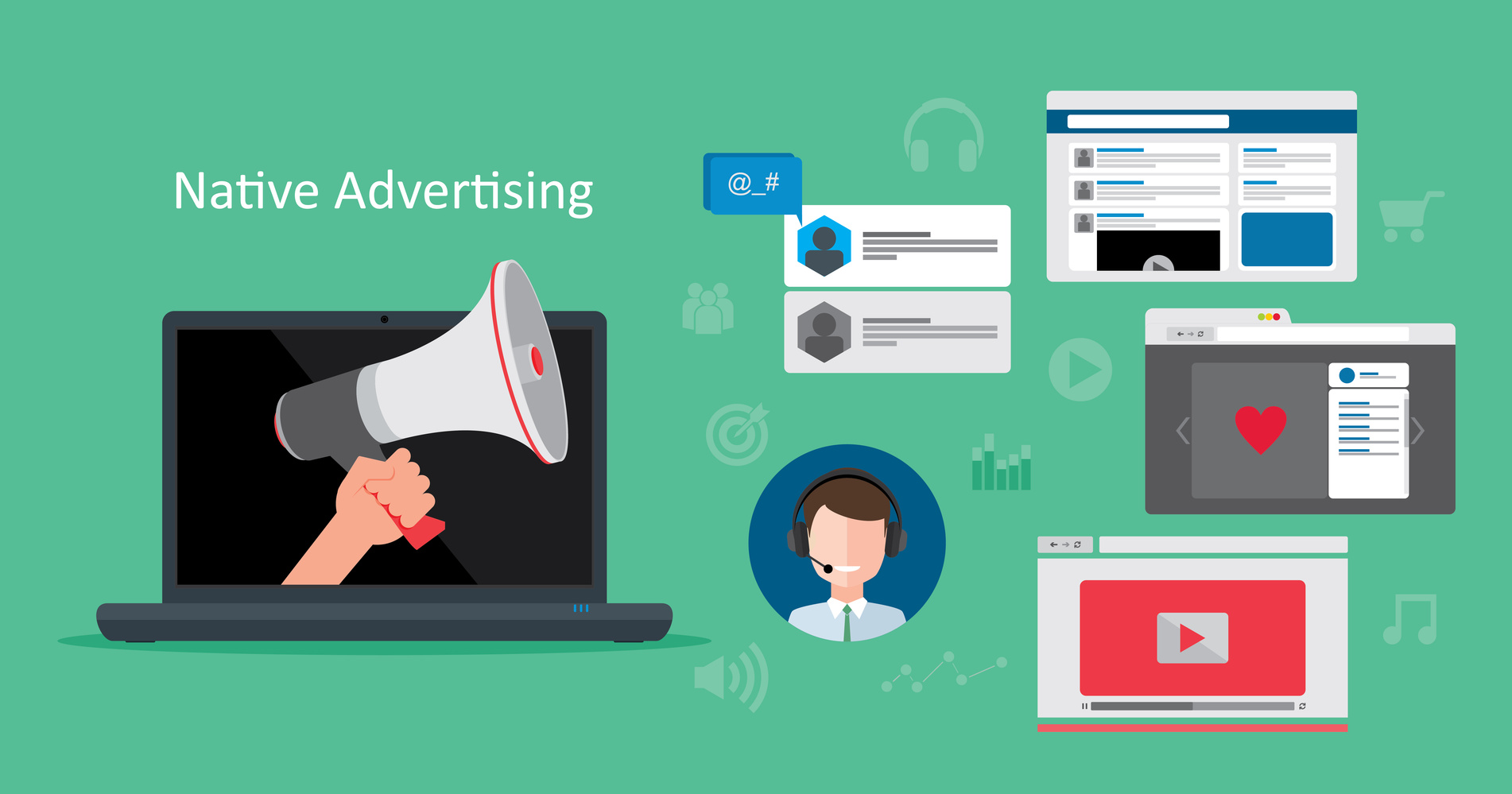Recipe for a good product
Have you ever wondered what the key elements of a good product are? What are these factors that make you buy some products rather than other? Are those just some extraordinary marketing treatments? But most of all, how make people to buy your product rather than other? To answer these questions, let’s all take a look at most often quoted features of a good product.
High quality
Certainly, this is a factor that many pay attention to. Not only when you sell some kind of luxury goods – trust me, sometimes people buying babies’ accessories are even more demanding than people buying a Bugatti or a Lambo. Meeting customers’ expectations for quality often increases production cost and, consequently, prices. And very often high-quality lovers are low price lovers at the same time.
Low price
Thinking about a good product’s definition, you should determine how important for your customers the price is. Are your target group students or maybe businessmen in their middle 40s? It’s crucial to know your target group very well so you can find out how important lowering the price is. Is it even possible to bring together high quality and low price? No! But it is possible to make both high quality lovers and low price lovers buy the same product! How? The answer is: brand consistency!
Brand consistency
It’s not a joke. It was proved that brand consistency is one of the reasons why almost all customer groups buy some products rather than other. Discrepancy between brand communication presented on your website, social media channels or commercials could easily discourage people from buying your products. Read all of your marketing materials appearing in all channels and check out, if for example, on your website, you don’t promise your customers-to-be launching a new product in 2 weeks, complaining at the same time on your company’s Facebook profile that the manufacture is delayed and you have no idea about the expected delivery date of a new product.
Brand image and product’s esthetics
More and more people pay attention to visual aspects of products, such as harmony of colors, nice logo or interesting marketing materials. And such audience won’t become your customers if you don’t do your homework about color selection or coming up with an advertising slogan. It is very important, especially, if you are considering conquering a completely new market – you must know if, for example, some colors or phrases you may want to use in your advertising slogan are offensive or frowned upon in this culture. I’m sure you all know Mitsubishi and their SUV Mitsubishi Pajero. Well, in Spanish pajero means a person who masturbates frequently.
Why don’t you need all of that to make great sales?
Because there are 4 types of customers and to make great sales you need to be able to define all of them. Luckily, this article is intended to help you do that. So, let’s take a closer look at them.
Judging book by its cover
It’s a really big group of customers. You are shopping and suddenly you see these cute little shampoos. Those colors, those drawings, it’s all so lovely… that you buy it. And then you come back home and start wondering if you need this. Of course not. You already have your favorite shampoo that you use every day. But it’s too late now, you have already bought this cute new shampoo and, let’s be honest, you won’t get back to the store to return it. Sounds familiar? I bet it does. It does to us. And, if it does, people who judge a book by its cover are not checking out products’ composition or googling its opinion before buying it. But who are we trying to convince – you already know that from personal experience, don’t you?
Buying the cheapest
I’m sure you know that a lot of people want to buy the cheapest products possible. Financial problems or more important expenses are the most common reasons. Those people won’t pay attention to product’s quality and will very often choose unbranded goods, such as “Tesco value” and other. And it’s completely understandable. But on the other hand, there are some people who don’t have financial problems and yet never stop looking for their favorite products in best possible prices – they really have bees in their bonnets about it. They follow each possible shops’ newsletters, they visit at least two different supermarkets every time they do groceries to buy favorite chips in best price in one and favorite cookies in other one.
Kings and queens of sales
You may think that those are the same people as those who want to buy the cheapest products possible. But they’re not. There are a few monstrous differences between the two groups. Kings and queens of sales, in contrary to Buying the cheapest, are not buying their favorite products. They are not attached to one particular brand. The most important reason they buy some products is the fact that these are on sales now. Kings and queens of sales can buy some perfume once and easily replace it with a completely different scent another time just because it’s on sale. Closing sales, liquidation sales, clearance sales – they love them all. And it’s not a problem that they already have thousands of T-shirts, cosmetics or bags. It doesn’t matter, it’s sale for Christ sake!
Dream come true makers
In my humble opinion this is the most interesting group of customers. They are buying a perspective of making some dreams come true. Making these dreams come true is so important to them that you can be more than sure that they won’t judge you for the lack of brand consistency or poor product’s esthetics. What’s more, they won’t pay huge attention to your product’s quality or sometimes even to its price. In fact, all you need are great marketing materials encouraging to purchase your product. Last but not least, by using these marketing materials you can easily create a need for making some dreams come true in people. They don’t even have to know about their own dreams. Sounds like a plan to you? Try to come up with a product then 😊 Any hints? Dietary supplements.
What should you really do to maintain your sales at a high level?

Know your target group perfectly
You may have a high-quality product at a low price but if you don’t know who you want to direct it to, you won’t make great sales. What’s more, not only the “who” question is important, but also the “how” to do that. It’s not possible to create a fantastic sales strategy without adjusting you marketing communication to your target group. Only then you will be able to hit a nerve and, in the end, make them purchase your product.
Keep on running A/B marketing material tests over and over again
First of all, you can’t blindly trust your customers or customers-to-be. They may complain about poor product’s aesthetics, its price or an ugly website via comments on your social media profile or somewhere else. You cannot change these things immediately. You will do that and you will notice a decrease in sales, I can guarantee you that. Let’s see an example: popular lifestyle blogger and marketing specialist, Kellie Brown, who had an opportunity to work with some unspecified plus-size clothing brand, asked them why women picked to present their clothes on the website are on the smaller end of the sizes spectrum than their customers. According to her, they responded that “we tried to use bigger girls, they [customers] don’t buy it!”. And there was substantial data to prove this claim as well, coming from A/B tests that had been conducted in the past. In some cases, tested versions with bigger models generated as much as 60% less clicks and even fewer sales! So, what to do to deal with that kind of problems properly? Keep calm and prepare an A/B test.
Identify your customers’ biggest complaints, prepare a modified website and start an A/B test. Wait, compare your results (conversion ratio, percent of paid and unpaid orders, average order value etc.) and draw conclusions. Remember not to change many elements at the same time (for one A/B test) – after the test ends, you won’t know which element really affected the results and needs to be adjusted.





